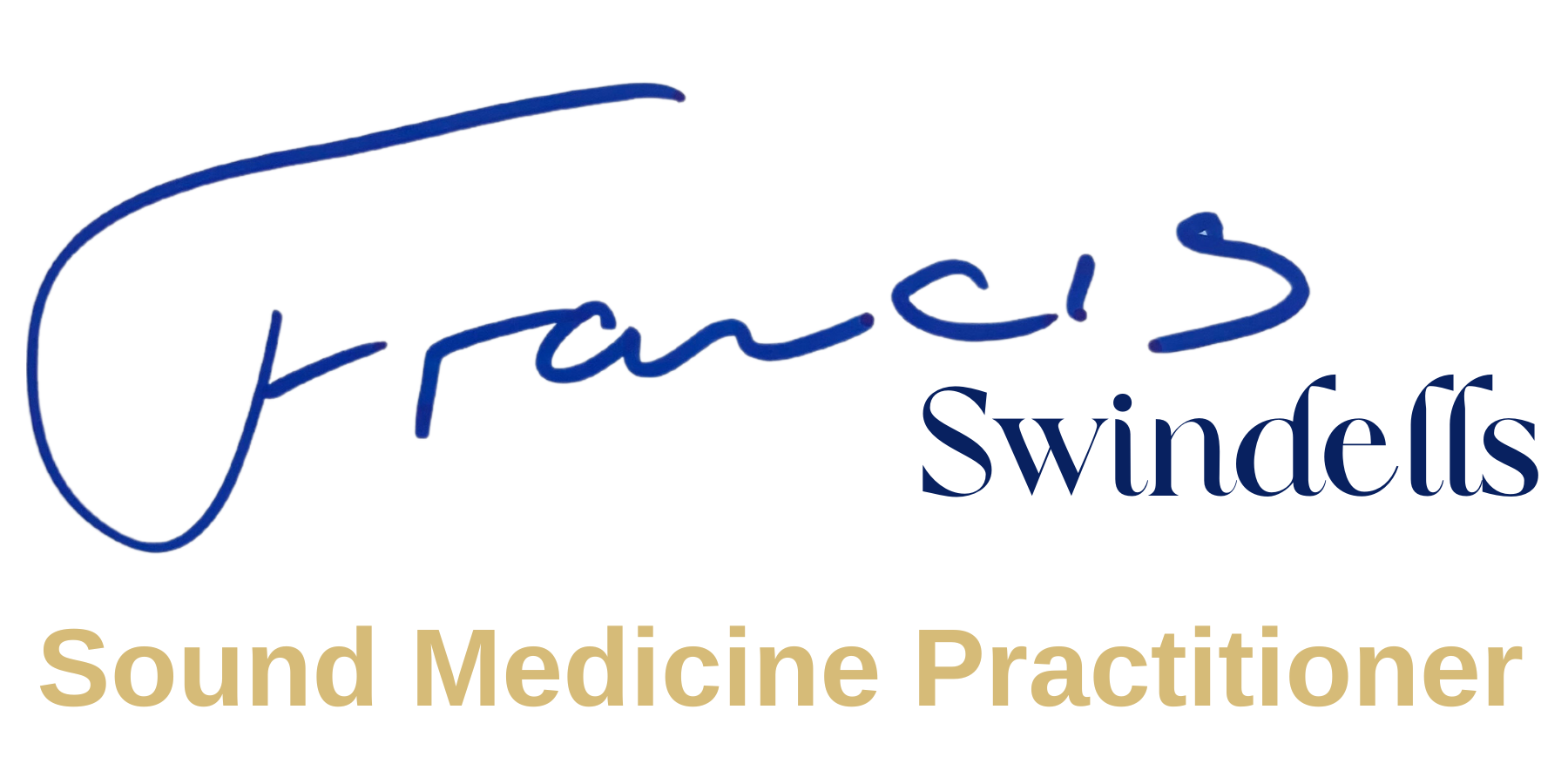Personal Training
Personal training to support the physical, mental, emotional and spiritual body through strength, mobility, stability and aerobic is the foundation.
Strength
The quality or state of being physically strong (Oxford dictionary). To be build strength is to come back into your body, work with a resistance to overcome it and move it in the opposite direction.
Strength training exercises work your muscles by applying a resistance against which the muscles need to exert a force. The aim is to use an appropriate weight or resistant force that will work the target muscles to fatigue. As well as the correct resistance training program balancing your body and building muscle mass you gain several long-term health benefits to your muscles, bones and general metabolism.
As well as gaining strength and building muscle mass, resistance is used to balance your body for rehabilitation from being in a state of pain. Whether your pain is generated from your shoulders, back, hips, or knees it is not a normal state of being that you just live with, time to stop:
- letting pain dictate your life and activities;
- postural alignment – triggered by your past experiences;
- being in dis-ease letting a condition own who you are;
- stress and lack of balance in your life;
- or many other reasons for pain management that I have helped people with,
Along with the physical aspects of resistance trying it can be used as a form of meditation and focusing the mind/body connection to ground your energies.
Mobility
The ability to move or be moved freely and easily. (Oxford dictionary).
Mobility exercises training the brain and the neural connections to muscles so your body activates in the correct sequence. Simply put; if it’s not in the right place at the right time it isn’t going to work properly. This can have an affect on your every day life physically, emotionally and mentally.
- Physically: a lack of mobility may cause pain, reduce your ability to participate in family activities, work life, sports or hobbies.
- Emotionally: your ability to move in the way you want, when you want increases self-esteem, enjoyment and confidence.
- Mentally: studies have shown exercise can be as effective as medication and psychotherapist. Regular exercise may boost mood by increasing a brain protein called Brain-derived neurotropic factor (BDNF) that helps nerve fibers grow.
Stability
The state of being stable i.e. Stable: not likely to give way or overturn; firmly fixed. (Oxford dictionary)
Your ability to stabilise your hips, spine and limbs has an effect on your every day activities from sitting, walking, exercising through to playing with your kids. With the correct activity programming you can activate and strengthen the muscles involved with your stability.
Did you know that your core muscles include all the muscles between your chest and knees both front and back. They’re the muscle that stabilise your hips and lower spine.
Aerobic
(AKA. Cardio fitness) Relating to or denoting exercise taken to improve the efficiency of the body’s cardiovascular system in absorbing and transporting oxygen. (Oxford dictionary)
The more efficiently you can get oxygen into your blood the more efficiently your muscle and brain works the more efficiently you can burn fuel consumed as carbohydrate and fats as well as stored fuel sources like glycogen and fats.
Aerobic exercise can reduce anxiety by making your brain’s “fight or flight” system less reactive. As an example; when anxious people are exposed to physiological changes they fear, such as a rapid heartbeat, through regular aerobic exercise, they can develop a tolerance for such symptoms.
* Improved physical, Mental and emotional health
* Reduced mind chatter, stress and tension
* Reduced anxiety and depression
Enhance Your Body, Mind & Spirit
Physiological adaptations
Strength, mobility, stability and aerobic are the foundations for the 7 physiological apaptations
- Vascular dilation – ability to get blood around the body
- Lunge capacity – ability to get oxygen into the body
- Blood glucose efficiency – ability to use fuel in the blood
- Muscle utilisation – ability to use muscles
- Stroke volume – ability for the heart to pump blood around the body
- Lactic acid threshold – muscle endurance
- Forced output – strength gains
